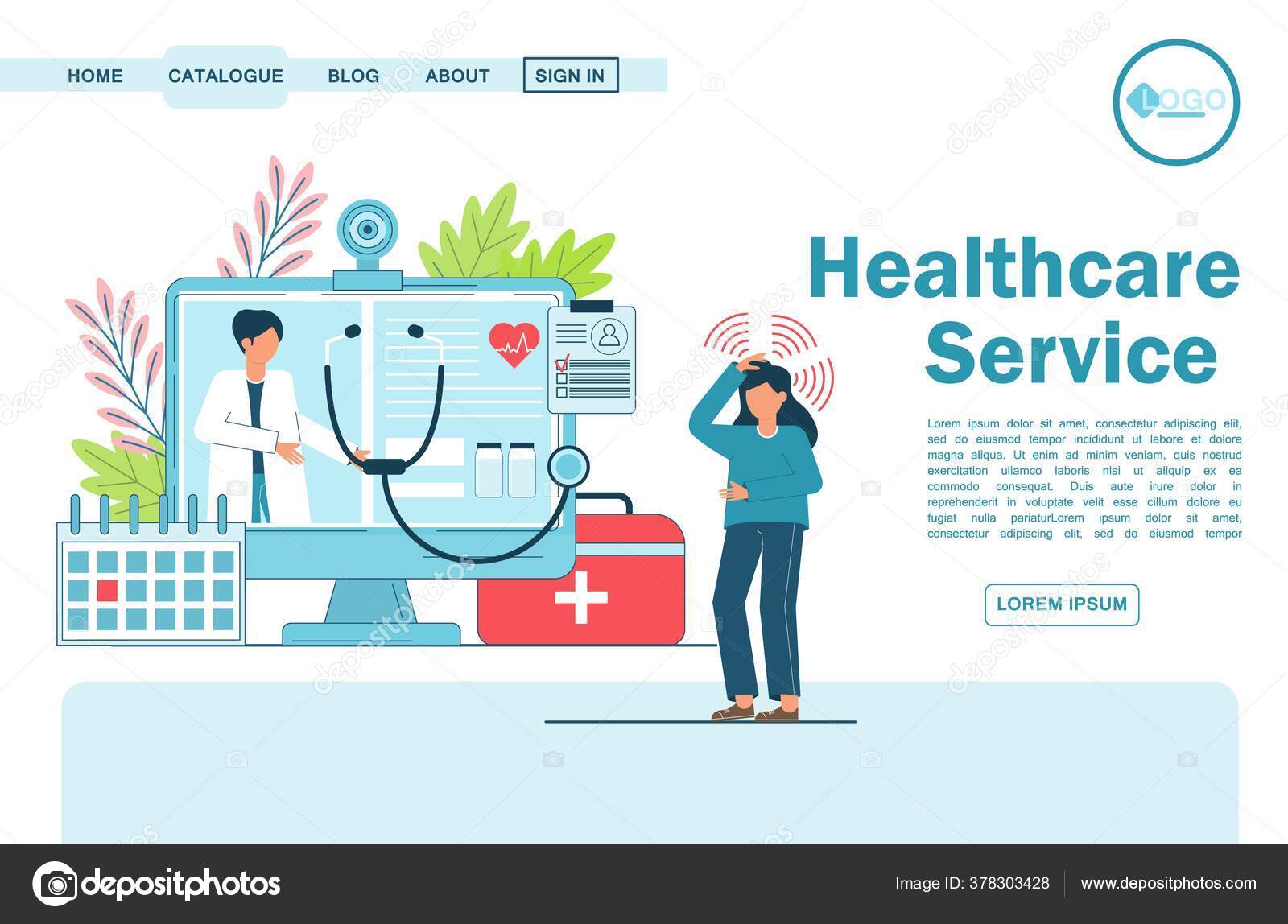A Comprehensive Overview to Subscription Based Healthcare: What You Need to Know
A Comprehensive Overview to Subscription Based Healthcare: What You Need to Know
Blog Article
Just How Subscription-Based Healthcare Is Transforming the Medical Industry

The Surge of Subscription Health Care
In recent years, the health care sector has actually observed a significant change in the direction of subscription-based designs, reflecting broader customer trends preferring ease and predictability. This makeover is driven by the raising need for even more easily accessible and customized treatment services. Subscription health care, in some cases described as concierge medication or straight main treatment, offers clients a set regular monthly charge for a variety of clinical services, substantially modifying conventional fee-for-service models.
The rise of subscription health care is helped with by developments in innovation, which make it possible for streamlined communication in between patients and carriers - subscription based healthcare. Digital platforms and telehealth services have come to be important, offering clients the ability to schedule consultations, accessibility clinical records, and obtain consultations online. This technical assimilation not just enhances individual engagement but likewise permits suppliers to supply extra reliable care
Furthermore, the registration model lines up with the developing expectations of individuals who seek even more control over their healthcare expenditures and experiences. By removing the unpredictability of co-pays and insurance policy cases, subscription-based medical care offers a simple and transparent strategy. While this model is obtaining traction, its expansion deals with difficulties such as governing hurdles and the requirement for broader acceptance within the traditional health care ecosystem. Its growing existence marks a crucial moment in the evolution of health care distribution.
Advantages for Providers and individuals
Subscription-based medical care offers a wide range of benefits for both providers and patients, improving the characteristics of medical care. For people, this design provides improved accessibility to medical care solutions.
For medical care providers, subscription-based models foster an even more lasting and satisfying practice. Management jobs are typically structured, lowering overhanging costs and allowing companies to commit even more time to client communication. In general, subscription-based healthcare lines up the incentives of people and service providers, advertising a more reliable and patient-centered health care shipment system.
Key Features of the Design
Regularly, the crucial attributes of the subscription-based healthcare design emphasize its unique approach to providing clinical solutions. Central to this version is the principle of predictable, month-to-month settlements, offering people an extensive variety of solutions without the unpredictability of traditional fee-for-service structures. This model frequently includes endless accessibility to medical care solutions, precautionary treatment, and routine examinations, guaranteeing that people can engage with their medical care suppliers proactively instead than reactively.
Furthermore, direct interaction channels, such as telemedicine and messaging platforms, are emphasized, allowing clients to get timely advice and consultations without needing in-person visits. This improves access and ease, particularly for people with flexibility constraints or those staying in remote areas. The design additionally fosters stronger doctor-patient partnerships, as medical care service providers are incentivized to concentrate on long-lasting wellness end results as opposed to temporary brows through.
Furthermore, subscription-based medical care usually incorporates technical developments, such as digital health and wellness records and wellness tracking apps, to supply reliable and tailored treatment. Clients gain from collaborated and constant treatment monitoring, which is tailored to their particular health and wellness needs. Eventually, these attributes collectively produce a patient-centered health care experience, prioritizing access, expense transparency, and preventative treatment.

Considerations and obstacles
While the subscription-based healthcare version provides many benefits, it is not important source without its challenges and considerations. One significant obstacle is guaranteeing equitable accessibility. Subscription models might inadvertently prefer those with higher socioeconomic status, potentially widening disparities in healthcare accessibility for lower-income people who might battle with monthly costs. This elevates ethical concerns regarding inclusivity and equity in health care distribution.
Another challenge hinges on regulative compliance. Subscription-based medical care should browse a complex internet of guidelines that vary by region, including problems around client confidentiality, data protection, and state licensing requirements. Making certain compliance without hampering the model's flexibility and technology can be daunting for visit the site companies.
Additionally, there is the threat of overutilization or underutilization of services. People paying a taken care of charge could overuse services, causing raised operational expenses, while others might underutilize as a result of fear of burdening the system, possibly disregarding required care.
Future Potential Customers and Innovations
The landscape of subscription-based health care is poised for makeover through arising developments and progressing potential customers. As modern technology remains to advance, the integration of artificial intelligence and device learning provides substantial opportunities to improve diagnostic accuracy and improve client administration. Predictive analytics can transform precautionary care by identifying potential wellness dangers before they show up, thereby decreasing both expenses and the concern on medical care systems.
Moreover, telemedicine is readied to broaden within membership versions, offering patients boosted accessibility to healthcare professionals regardless of geographical restraints. This not just promotes connection of treatment but also empowers patients to involve more proactively in their health monitoring. Furthermore, blockchain innovation offers potential in protecting client information and ensuring interoperability throughout platforms, promoting depend on and transparency.
Collaborations in between technology companies and medical care service providers are most likely to produce get more cutting-edge remedies, enhancing client experiences and outcomes. As these leads appear, subscription-based medical care has the prospective to redefine how care is provided and accessed.
Verdict
Subscription-based medical care is transforming the medical sector by supplying an extra easily accessible, predictable, and patient-centered approach to clinical solutions. This version boosts patient-provider relationships, makes certain financial openness, and highlights precautionary care via endless examinations and telemedicine. In spite of obstacles such as governing difficulties and potential differences in access, the subscription model holds assurance for an extra tailored and effective healthcare experience. As technology developments, even more developments are likely to attend to existing obstacles and maximize health care delivery.
Registration healthcare, occasionally referred to as concierge medication or straight key care, offers people a fixed month-to-month cost for a variety of clinical solutions, dramatically changing conventional fee-for-service models.
Moreover, the registration version aligns with the progressing expectations of patients that look for even more control over their medical care expenses and experiences. For individuals, this design offers enhanced access to healthcare services. In general, subscription-based healthcare aligns the rewards of service providers and clients, promoting a much more reliable and patient-centered medical care distribution system.
In addition, telemedicine is set to increase within registration versions, offering people boosted access to healthcare professionals regardless of geographical restraints. - subscription based healthcare
Report this page